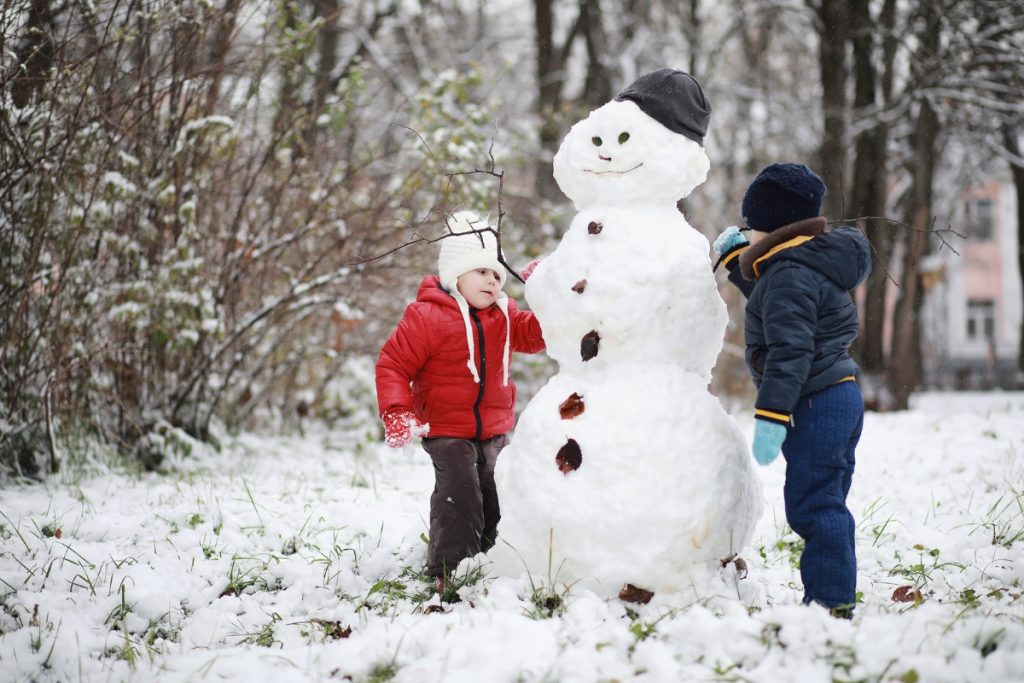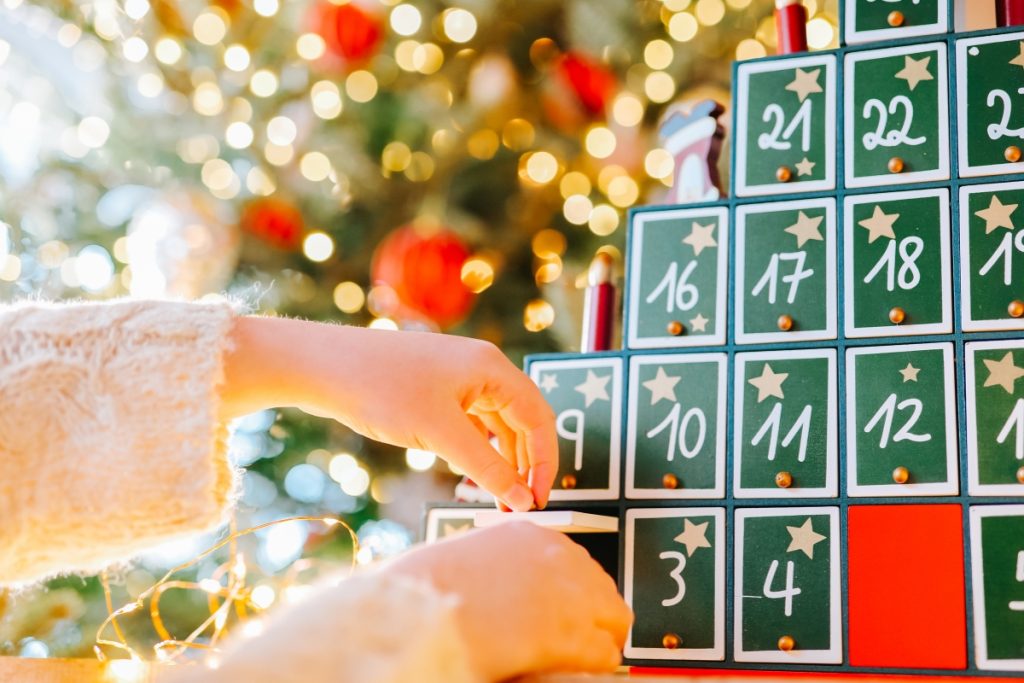The Endearing Symbols of Christmas We Hold Dear
Few things evoke the essence of Christmas as profoundly as the sights, scents, and sounds of the festive season. From the indulgence of Christmas biscuits to the comforting warmth of eggnog and the romantic charm of mistletoe, these cherished traditions form an inseparable part of the yuletide celebration. Yet, have you ever pondered the origins of these seemingly whimsical customs that define Christmas? Many of these enduring symbols trace their roots to humble beginnings, intertwining with the early observances of Christmas and the ancient pagan festivities surrounding the winter solstice.
Christmas Trees

Have you ever pondered the origins of the beloved Christmas tree? The evergreen fir, a universal emblem of winter, holds a rich history of symbolic significance. In ancient times, Pagans adorned their homes with evergreen boughs as a hopeful reminder of spring’s eventual return, while the Romans festooned their temples with these branches in honour of Saturn, the god of agriculture.
The earliest documented use of the evergreen as a Christmas tree is contested between Tallinn, Estonia, and Riga, Latvia, with each city claiming the distinction as its rightful birthplace. By the 16th century, devout German Christians had begun to bring these verdant trees indoors as a profound symbol of eternal life during the Christmas season.

The tradition gained remarkable prominence when Queen Victoria and her German consort, Prince Albert, introduced the custom to the royal household. Their Christmas tree, adorned with splendour, captivated public imagination and swiftly elevated the practice to a pinnacle of festive elegance, not only in England but across the Atlantic in America.
Thus, the Christmas tree became a timeless icon of the yuletide season.
Elf On The Shelf
Another modern Christmas symbol, and the holiday scourge of parents everywhere, is one of the newer traditions and a study in marketing success. Christmas elves, of course, are not new: Mischievous elves crop up in Scandinavian, Celtic and German folklore, and they became linked with the Santa Claus tale in the 19th century.
Fast forward to 2005, when twin sisters and their mother self-published The Elf of the Shelf, about a family tradition they had growing up. Their toy elf only moved at night, traveling back and forth to the North Pole to report the kids’ naughty-or-nice behavior to Santa and returning to a new location around the house.
Today, the ubiquitous elf is a festive Christmas cartoon to watch this holiday season, along with being a must-have for kids.
Wreaths

Crafting wreaths is a resourceful and elegant use of trimmings from one’s Christmas tree, a tradition likely originating in 16th-century Germany. However, the symbolic resonance of wreaths predates this by centuries, harking back to ancient Greece and Rome. In those classical eras, victorious athletes were adorned with crowns of woven leafy branches, a mark of honour and triumph.
The circular form of the wreath, fashioned from enduring evergreens, held profound significance for ancient pagans as well. Its unending shape represented the cyclical nature of life and the promise of spring’s renewal, celebrated during the winter solstice. In later centuries, this enduring symbol was seamlessly integrated into Christian traditions, most notably as the Advent wreath.
Within this context, it acquired a new purpose: marking the weeks leading to the nativity of Jesus Christ. Thus, the wreath evolved from an emblem of victory and rebirth to a cherished symbol of hope and spiritual anticipation in the Christmas season.
Mistletoe

Elements of Norse mythology subtly permeate Christmas traditions, offering an enchanting explanation for the custom of kissing beneath the mistletoe. According to ancient legend, mistletoe played a pivotal role in the resurrection of Baldur, the beloved son of Odin. After the gods used the plant to restore him to life, Baldur’s mother, Frigg—the goddess of love—declared mistletoe a symbol of affection and pledged to bestow a kiss upon all who passed beneath it.
The plant’s association with the festive season also stems from its remarkable ability to flourish even during the harshest winters, a testament to its enduring vitality. By the 18th century, this tradition had taken root in England, where it was customary for gentlemen to kiss any lady standing beneath the mistletoe. Refusal was considered a portent of ill fortune—a custom, one might argue, best consigned to history.
Today, the mistletoe remains a charming emblem of love and festive cheer, its origins steeped in myth and evolving tradition.
Spiced Cookies

If history imparts one undeniable truth, it is that winter celebrations have always been marked by the joy of feasting. In ancient times, communities gathered around the winter solstice to indulge in communal banquets, a moment of revelry before the harsh cold threatened their crops. It was also the season when wine and beer, having undergone months of fermentation since spring, were finally ready to be savoured.
As Christmas gradually supplanted these solstice festivities by the Middle Ages, the tradition of feasting endured, enhanced by the addition of indulgent desserts—among them, the now-beloved Christmas biscuits. Bakers reserved their finest and most costly ingredients—such as butter, lard, and sugar—for such grand occasions, experimenting with luxurious warming spices like nutmeg and cinnamon.
These culinary innovations elevated Christmas feasts to a sumptuous celebration of both the season and the shared pleasures of the table.
Fruitcake

In modern times, one might be inclined to relegate these dense confections to the category of festive treats hardly worth the indulgence. However, during the Victorian era, the fruitcake reigned supreme as the epitome of Christmas luxury. These rich creations were crafted with dried and preserved fruits and nuts, carefully saved from the autumn harvest and reserved for the most special of occasions—Christmas, naturally.
The origins of the fruitcake, however, reach far deeper into history, tracing back to Roman times. The ancient Romans prepared a similar delicacy known as satura, a mixture of fruits and nuts bound together, celebrated for its remarkable longevity. Though its durability may inspire less appetite today, the fruitcake remains a testament to the enduring appeal of festive traditions steeped in history.
Snowman

The earliest recorded mention of a snowman dates back to 1380, though it is likely that mankind has been fashioning figures from snow for as long as snow itself has graced the earth. These frosty creations gained particular prominence during the Middle Ages, a period when many lacked the means or resources for traditional artistic pursuits.
In the absence of conventional materials, snow provided an accessible and abundant medium, allowing even the humblest individuals to partake in the joy of artistic expression.

Snowmen also served as charming, cost-effective adornments during the festive season, their ephemeral beauty gracing wintry landscapes.
Such was the appeal of this whimsical art form that none other than Michelangelo himself was commissioned to sculpt a snowman for the ruler of Florence—a testament to the enduring allure of these iconic wintry figures.
Christmas Carols

As Christianity gradually supplanted pagan winter festivals with the observance of Christmas, bishops across Europe sought to enrich their Christmas services with hymns befitting the sacred season. While numerous composers aspired to contribute their own carols, these early works, invariably composed in Latin, failed to capture widespread appeal among the general populace.
A transformative moment came in 1233, when St. Francis of Assisi introduced nativity plays, which included canticles narrating the story of Christ’s birth. Crucially, these compositions were performed in vernacular languages, allowing audiences to both understand and participate in the joyous singing. This innovation marked the beginning of a deeply cherished tradition.
From that time onward, Christmas carols have consistently evoked the festive spirit, inspiring joy and unity across generations.
Advent Calendar

The Advent calendar, a cherished tradition that elegantly marks the countdown to Christmas, traces its origins to 19th-century Germany. Early iterations were delightfully simple: families would draw chalk lines upon doors or light candles each day to signify the approach of the festive season. By the early 20th century, printed Advent calendars adorned with festive designs began to emerge, typically featuring 24 small doors concealing Bible verses, poems, or charming illustrations.
The first commercially produced Advent calendar is attributed to Gerhard Lang, a German printer of remarkable ingenuity. In the early 1900s, Lang took inspiration from a handmade calendar crafted by his mother during his childhood, incorporating little doors into his designs and thus establishing the prototype for modern Advent calendars.

By the mid-20th century, this enchanting tradition had spread internationally, with chocolate-filled calendars becoming a particular delight. Today, Advent calendars not only sustain the joyous anticipation of Christmas but have evolved to encompass a splendid variety of themes, offering treats ranging from toys and beauty products to fine artisanal gifts, further enhancing their timeless appeal.
Stockings

We preserve longstanding Christmas traditions as they provide a profound sense of continuity, connection, and identity. These cherished customs, passed down through generations, create an enduring link to the past, evoking a deep nostalgia and fostering a shared historical consciousness. They serve as gentle reminders of the simplicity and wonder of childhood, grounding us in treasured memories while fortifying familial and cultural bonds.
Such traditions also imbue our celebrations with meaning and structure. These rituals embody the spirit of generosity, gratitude, and togetherness. They invite moments of reflection and serenity amid the frenetic pace of modern life. They offer comfort and reassurance, reminding us that, despite the ever-changing world, certain rituals endure, steadfast and timeless, enriching each Christmas season with warmth and delight.



